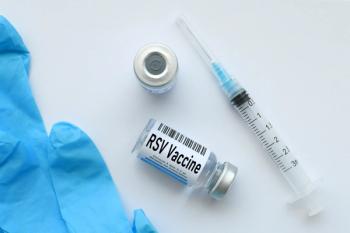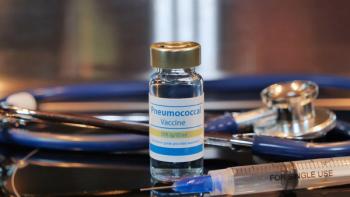
Preferred Pharmacies, Mail Order May Mean Higher Costs for Medicare Part D
PREE RELEASE
ALEXANDRIA, Va. (Jan. 16, 2014) — The Medicare Part D program and taxpayers often pay more when prescription drugs are obtained through “preferred” pharmacies and mail order than they would if the same prescriptions were filled through other, “non-preferred” pharmacies, according to a cost comparison using the Medicare Plan Finder website. The findings come shortly after
“This analysis suggests that neither preferred pharmacies nor mail order are the bargains for Medicare that their proponents claim,” said
NCPA staff chose one commonly purchased PDP, the AARP Medicare Rx Preferred drug plan, and entered into Plan Finder four of the most-prescribed drugs: generic version of Lipitor—atorvastatin calcium Tab 20mg 90-day supply; generic version of Plavix—clopidogrel Tab 75mg 90-day supply; diovan—Tab 80mg 90-day supply; and Nexium—Cap 40mg 90-day supply. The costs were compared between preferred, mail order and non-preferred pharmacies in nine cities across the country.
According to the NCPA analysis:
- 89 percent of the time, preferred pharmacy costs to Medicare were higher than those of non-preferred pharmacies.
- 100 percent of the time, mail order costs to Medicare exceeded those of non-preferred pharmacies.
The following chart represents the costs to Medicare through the AARP Medicare Rx Preferred drug plan for the four prescription drugs examined, according to Medicare’s Plan Finder website:
City
Preferred Pharmacy
Mail Order
Non-prefered Pharmacy
Castleton, Vt.
$763.23
$818.90
$761.35
Farmington, Maine
$792.90
$822.90
$768
Parsons, W.Va.
$775.23
$826.90
$735
Roanoke, Va.
$775.23
$826.90
$735
San Marcos, Texas
$763.23
$818.90
$738
Shelby, Ohio
$769.23
$820.90
$735
Smithfield, Nev.
$763.23
$818.90
$750
Topeka, Kan.
$769.23
$820.90
$783.43
Vidalia, Ga.
$763.23
$818.90
$761.35
Source: Medicare Plan Finder (
Community pharmacies excluded; rural access concerns
“Independent community pharmacies are often excluded from a plan’s list of ‘preferred pharmacies’ and thereby denied the ability to offer patients the lowest, advertised co-pay,” Hoey noted. “Community pharmacy owners have contacted plans and offered to accept the same contract terms and conditions, including reimbursement, as preferred pharmacies, but are routinely rebuffed or ignored. This situation creates problems for patients because independent community pharmacies are frequently located in rural and other underserved areas, from which the closest preferred pharmacy may be
This week community pharmacists have been sounding off about problems with exclusive preferred network plans. Their tweets using the hashtag #pharmacychoice include:
- @dbesmaevr: @Commpharmacy #pharmacychoice I am losing patients that need my care and expertise #powhatanrx
- @usaveitcorp: My store can match prices & care for patients face-to-face. Why can't I participate as a Medicare preferred pharmacy?#pharmacychoice
- @Btownpharmacist: Lost another Medicare customer to their "preferred" pharmacy today. #pharmacychoice
Mounting evidence questions preferred pharmacy plans, mail order
The NCPA comparison announced today is the fifth time in the last 12 months that an examination of Medicare data has shown that preferred pharmacies and/or mail order are often more costly for the program than non-preferred pharmacies.
In November 2013
Separately, an
Newsletter
Stay informed on drug updates, treatment guidelines, and pharmacy practice trends—subscribe to Pharmacy Times for weekly clinical insights.






































































































































































































